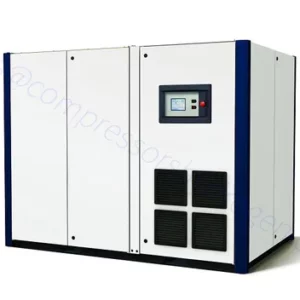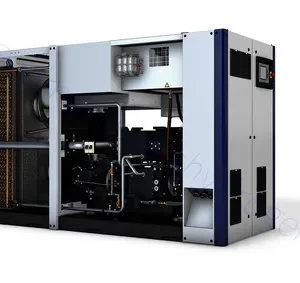Description
Scroll compressors are also described as scroll compressors or screw compressors, and scroll vacuum pumps. The spiral scroll rotates to create an uninterrupted flow of compressed air that is arranged in various stages, with no oil or lubrication. Scroll compressors run more smoothly and quietly than reciprocating units because they have only two moving components: a stationary scroll and the scroll that rotates. With fewer components, they are more efficient when it comes to energy usage as well as extremely robust, and less prone to mechanical failure. When compared to screw compressors, scroll compressors are less prone to vibration, and almost no sound.
Rolling Compression Explained
* The scroll that is an orbiting (rotating) scroll along with the fixed housing for the scroll combine to create an area for compression.
* The constant movement in the spiral’s orbital movement alters the air’s temperature from the outlet to the center and reduces the air to smaller and smaller areas.
This is the compressed air that’s then directed towards the port central to discharge of the compressor.
* The pressure for exhaust is created by compression through multiple stages, resulting in an intake and exhaust process that continues.



